
How to reduce energy use in a retail business
Every business or organisation could improve their energy efficiency, reducing energy use, running costs, and environmental impact. But different measures and actions make sense for different business types and premises. For retail businesses, the main areas of energy use will come from the need to keep the premises warm and well-lit for potential customers coming…
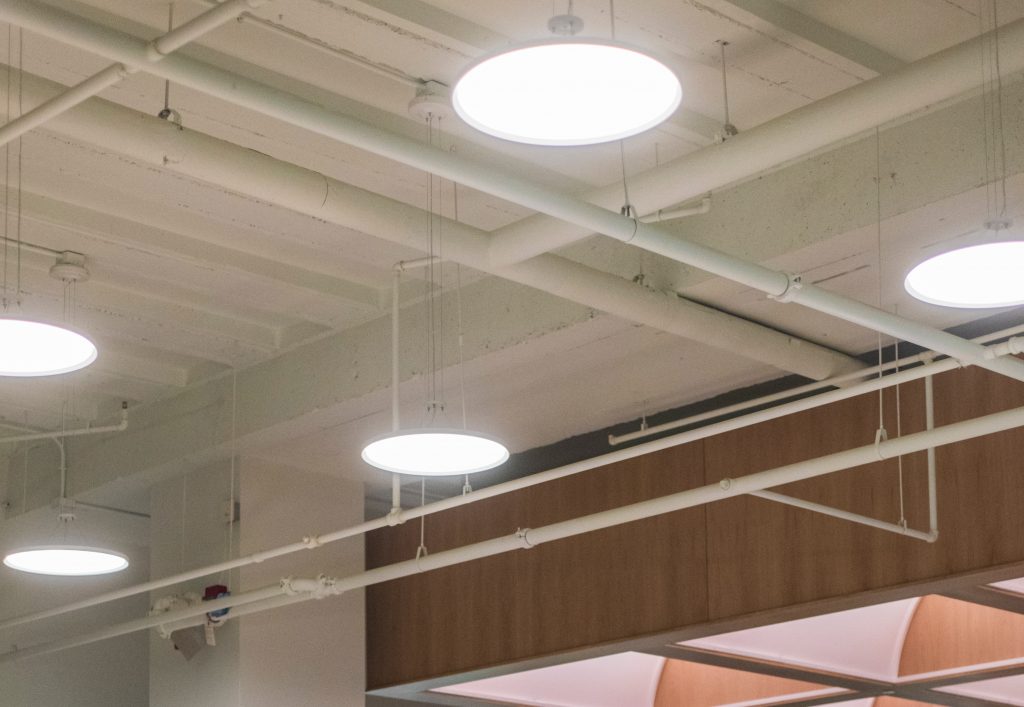
Are your workplace LED lights too bright?
LEDs are more efficient, meaning they waste less energy, resulting in reduced energy bills and carbon emissions.
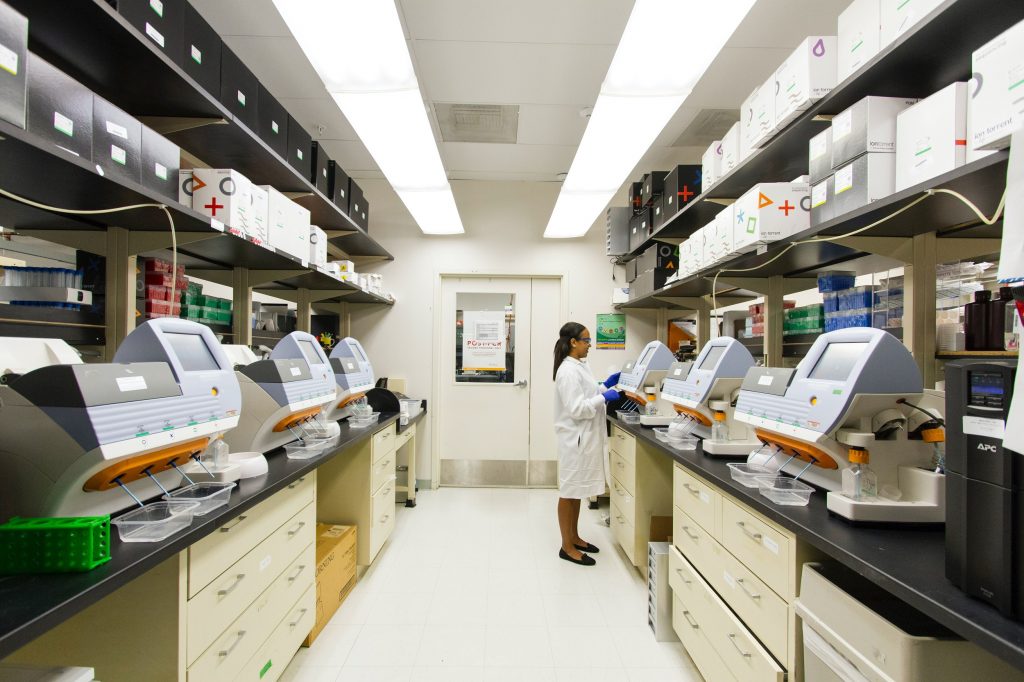
The benefits of energy efficiency improvements for SMEs
Making energy improvements to their buildings and premises brings benefits for businesses in three key areas: cost savings, carbon savings, and improved comfort. Cost savings For any business it is important to minimise running costs, and energy bills make a significant contribution to this. Much of the energy we use in our workplaces is wasted…
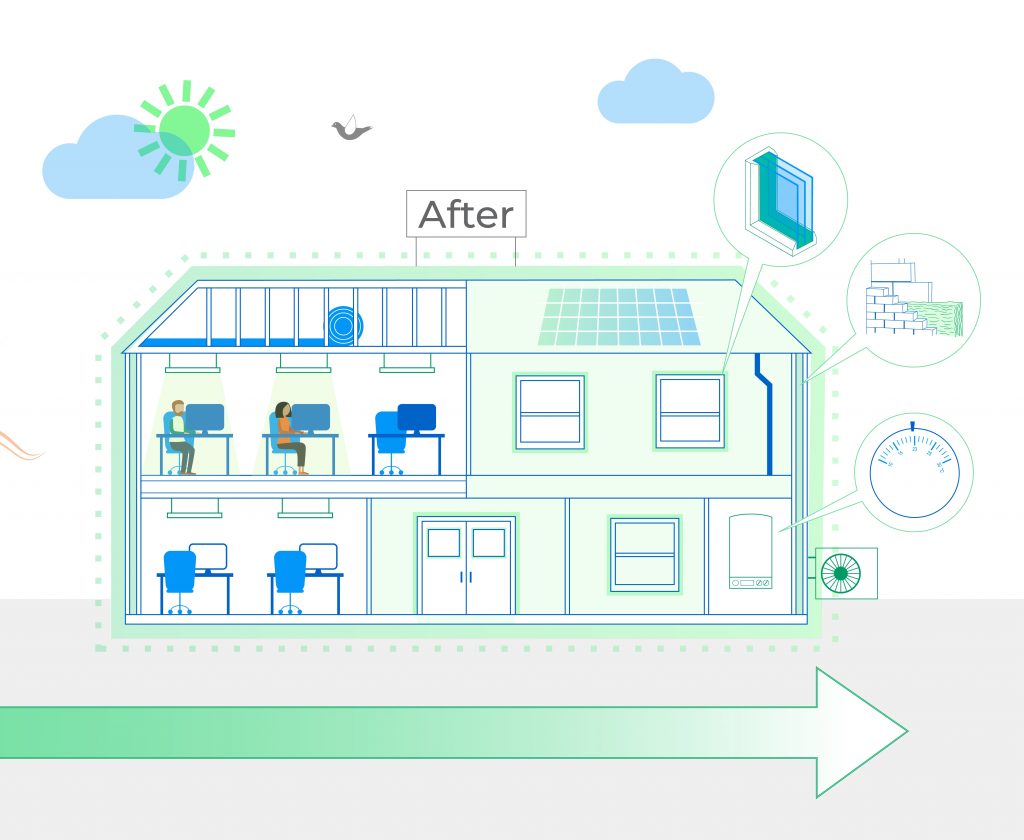
How to transform a cold, draughty workplace into an energy efficient space [animation]
In the UK we have old and inefficient buildings, meaning many of us work in cold, draughty, damp workplaces – offices, warehouses, retail spaces and more. Not only does that impact the health and comfort of staff, customers, and visitors, it also means companies are paying more than they should be on energy bills and…
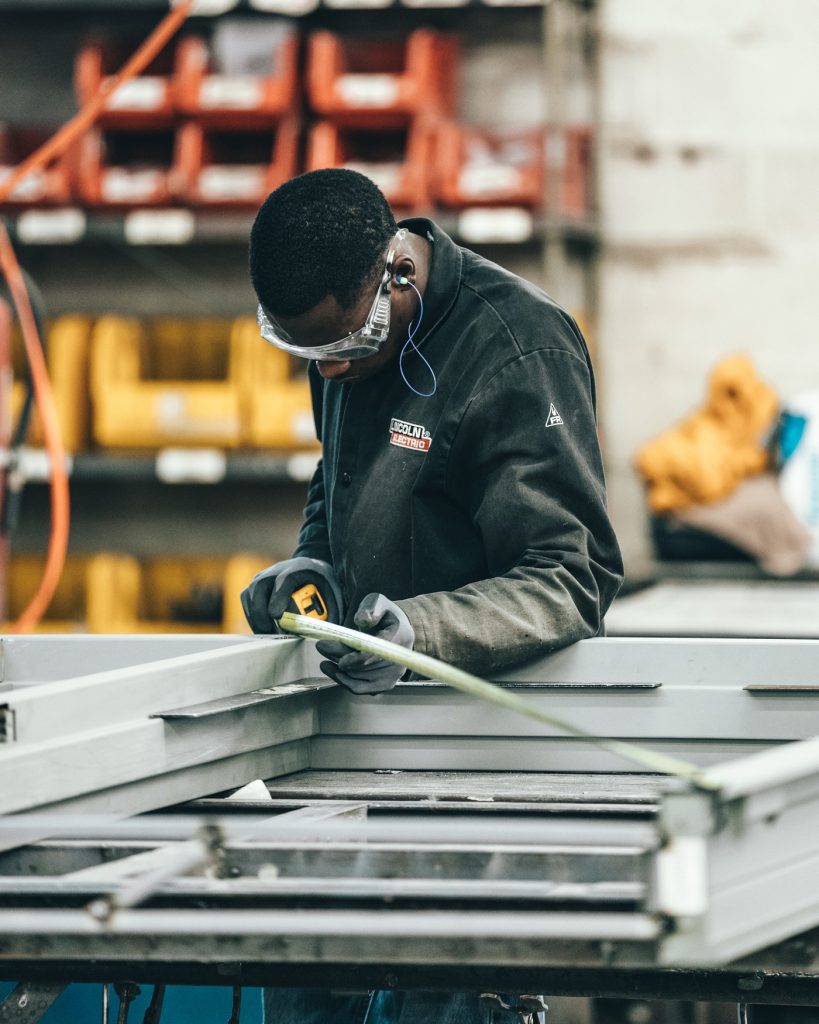
How to reduce energy use in manufacturing
Manufacturing operations consume a substantial amount of energy, resulting in high running costs and environmental impact. Every business or organisation has the potential to improve its energy efficiency, reducing energy consumption and its associated costs while also mitigating environmental harm. However, identifying the most effective measures requires a tailored approach based on the unique characteristics of each business and its premises.
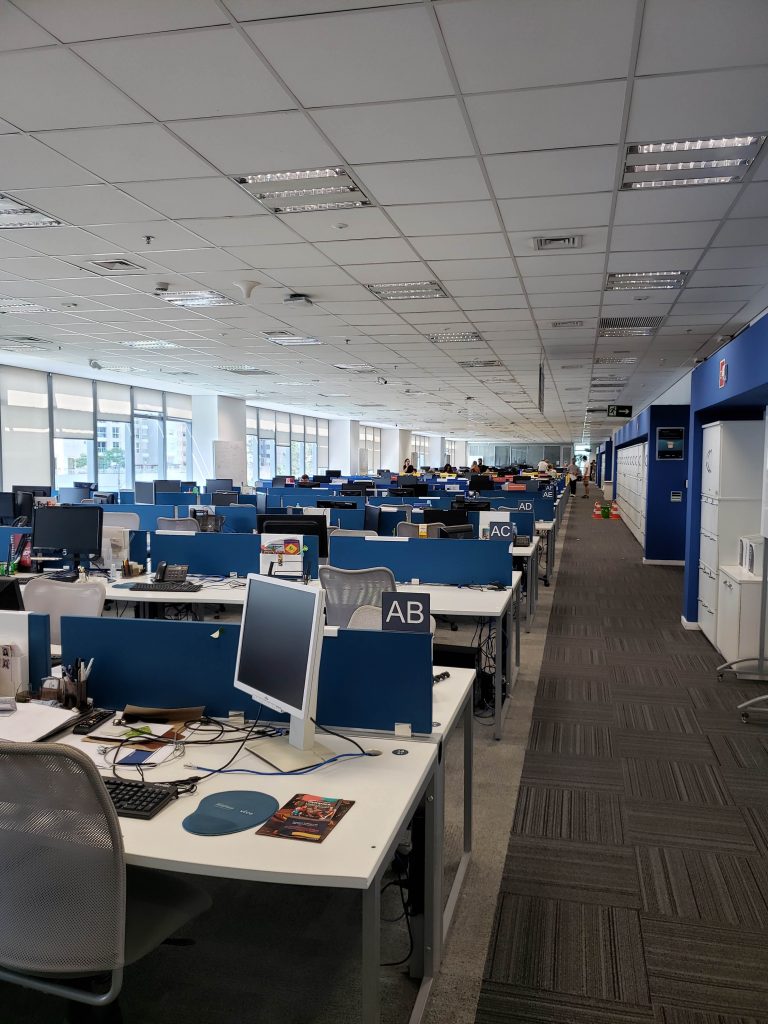
Our top 3 tips for reducing energy use in the workplace right now
1. Power down when not in use When our team visit businesses to assess their premises, we often see appliances – computers, photocopiers, water coolers, fans, vending machines – left turned on constantly, even when there’s no one in the room or the building. Making sure these items are switched off when not in use,…
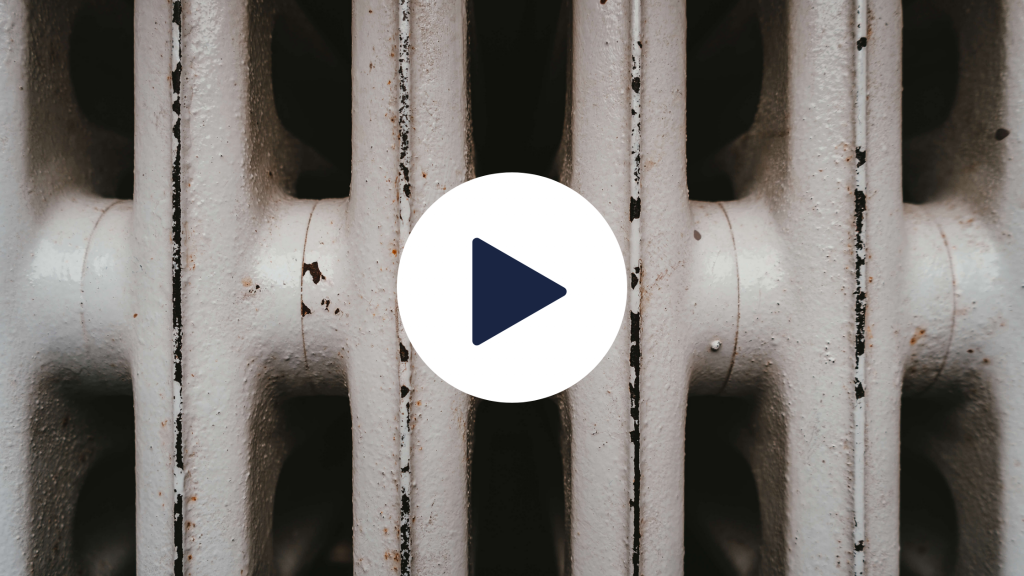
How to de-carbonise your organisation’s heating bills
Heating usually accounts for up to 50% of the energy use in a building, so it’s a significant area to consider when exploring energy efficiency improvements. In this webinar Moira Dorey and Michael Esvelt (both part of the Environmental Information Exchange team at Oxford Brookes University) explored different ways to de-carbonise heating within the premises…
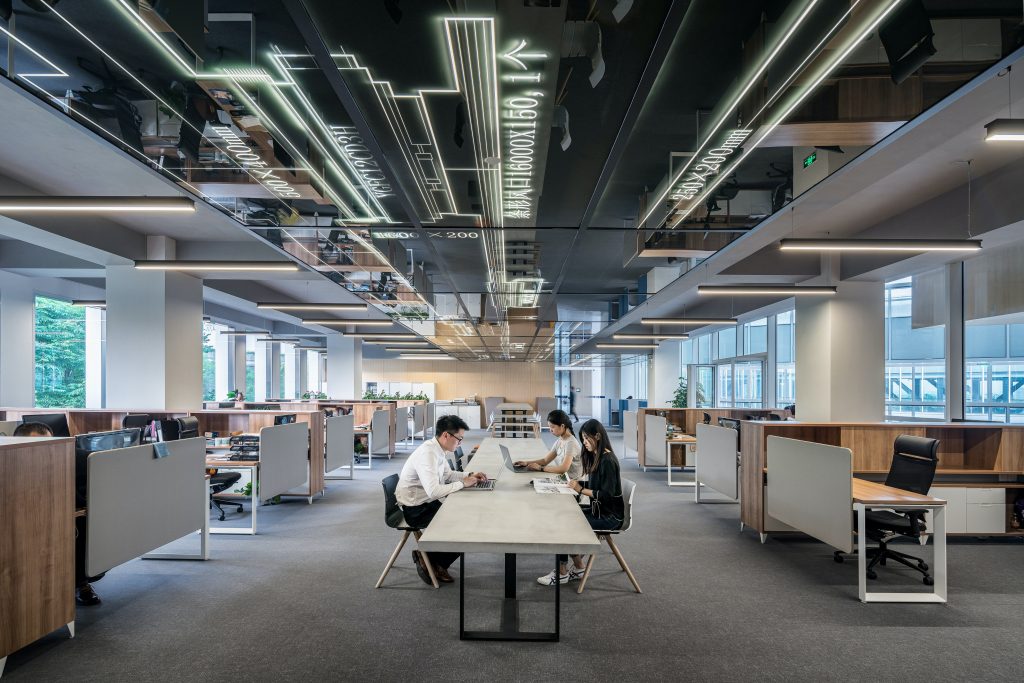
Why we need to improve the energy efficiency of our workplaces to combat climate change
Oxford City buildings are responsible for a huge 81% of annual carbon emissions – by far the largest proportion.
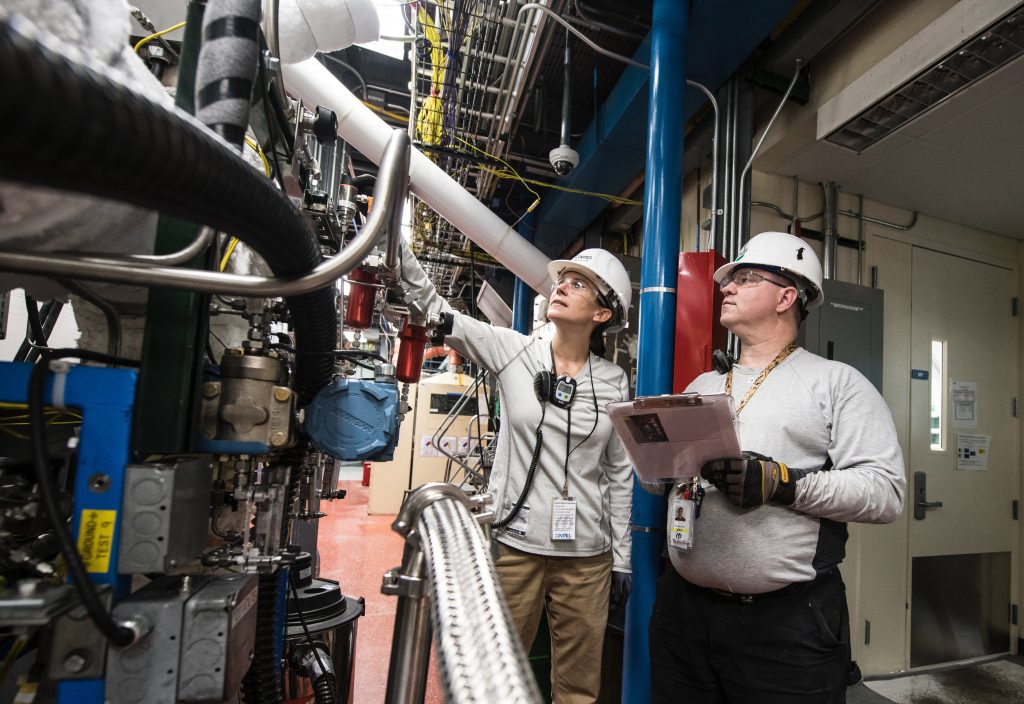
The business case for energy efficiency – how to get buy-in from your senior leadership team
We often hear from employees in local organisations who champion sustainability within their business and are eager for their workplace to address energy efficiency. We wholeheartedly support this initiative!
